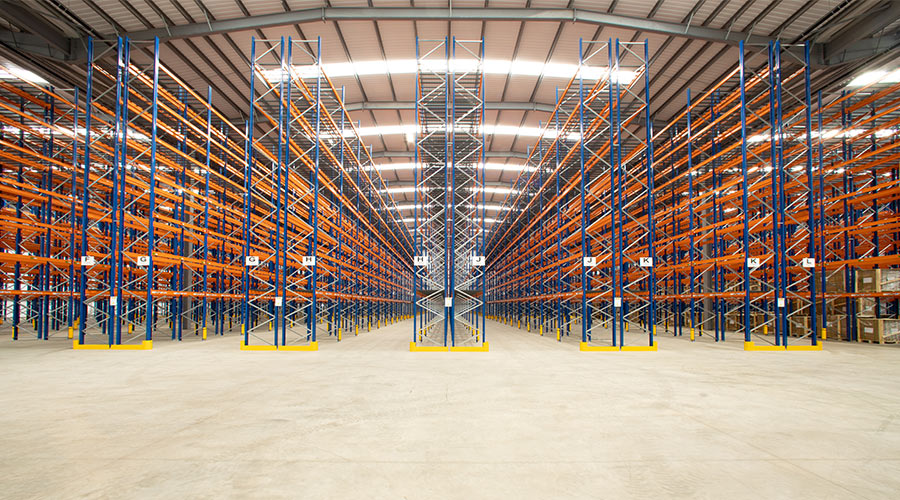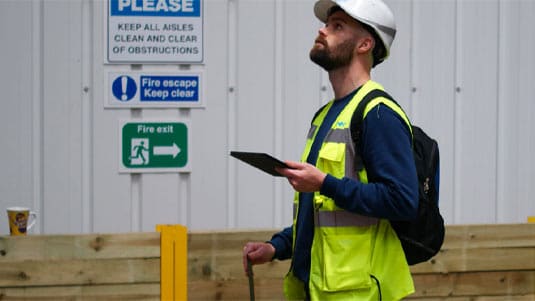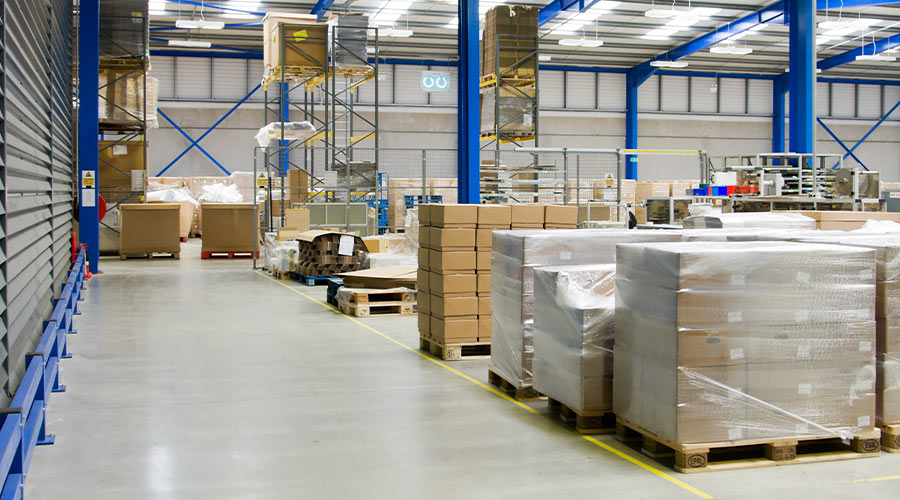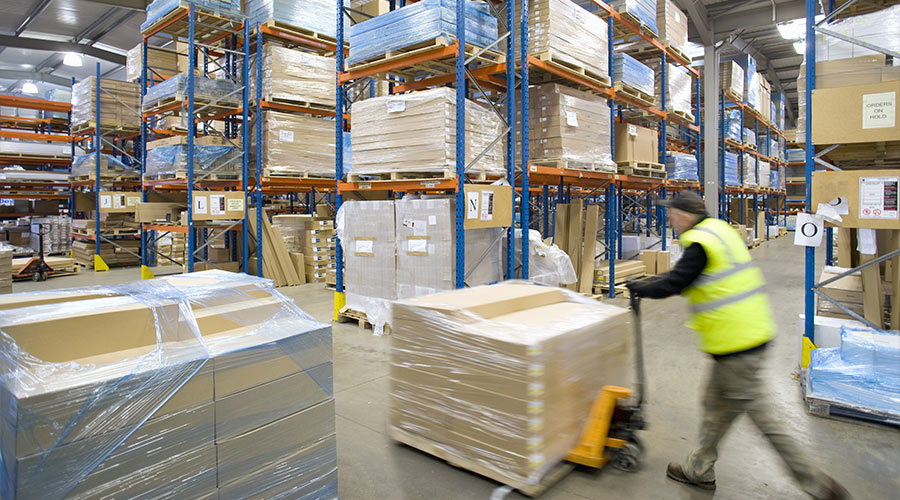How To Manage Your Warehouse Racking Efficiently
Contents
You don’t need to search hard on YouTube to find a racking collapse video and see the unbelievable damage it can cause. Collapse is, of course, the worst-case scenario, but it can happen.
Injury can range from trapped digits to head injuries from falling stock. Where goods are compactly stored and moved in and out daily to a time restraint, there could be several recipes for disaster. There are many measures that you can take to prevent the worst from happening. Work with Nene, one of the market leaders in warehouse racking supply and installation, and collaboratively we can make your facility a safe and pleasurable place to work.
Invest in leading industrial racking solution
Exceptional quality, professional installed racking is what will keep your employees and stock safe. At Nene, we don’t install any racking without prior thorough assessment, design, and safety checks, and all installs are carried out by SEMA accredited fitters. We can design to fit around bespoke spaces, optimising space to maximise productivity and create a safe environment for those using it.
The old saying ‘buy cheap, buy twice’ has never applied more than here. For a more cost-effective approach, you can also hire racking from Nene should an outright purchase not be suitable for your business. Nene will deliver all equipment, installation services, and maintenance thereafter, whether buying or leasing.
Warehouse racking training
There’s a theme here, but again training is so crucial around racking too. Only trained forklift drivers, particularly for use in pallet racking, should pick items in these areas. Where manual handling is involved, the previously mentioned manual handling processes must be followed but should also be made specific to your set up. If you have a bespoke design, there may be additional floor markings or directional signage to consider if incredibly narrow, for example. Nene’s design and build will accompany training and maintenance and packages on offer to provide additional aftercare. Your employees would also greatly benefit from courses on offer, such as the Industrial Racking & Industrial Lift Truck Safety Awareness training.
DIY – know your limits!
Tempting as it is to try and fix problems yourself, especially in the trying times we are finding ourselves in right now, it is important to know your limits. Bolts and fixings can rust and become loose on racking systems without you even noticing, especially up high, and when you do, winching yourself up there with a spanner and a long way down could cost you dearly in the long run.
Make room in the budget for servicing, speak to your supplier or installer about what you can manage, and how to keep your installation safe. It is essential for Nene that their customers are safe and why the racking maintenance and servicing we offer is of such high standard and excellent value. If you are not getting this from your supplier, then consider a consultation with Nene.
Racking inspection service
Racking damage is not always obvious. HSE recommends SEMA Approved Racking Inspectors (SARIs) to carry out the racking inspections. This inspection is followed by an easy to understand report detailing the current health of your complete racking system. It’s a traffic light risk assessment highlighting current issues with timeframes to get those issues resolved.
The HSE recommend that racking is inspected at least once a year by a SEMA qualified racking inspector as well as once per month throughout the year by the PRRS (Person Responsible for Racking Safety) within your business. If any damage is spotted then it needs to be identified immediately, the rack uploaded and any damage remedied before loading again.
Picking and loading bays
Warehouses are a great location for loading docks. They give delivery vehicles the ability to park up close to them in the loading area which is great for loading and unloading in a fast and efficient manner. You will often find at least one loading dock in a warehouse but it is essential that they are kept clear to avoid any issues with approaching vehicles.
The bay might not seem like a hazardous area, but with heavy traffic and significant potential for user error, it can be dangerous. Naturally, massive DCs will pose more significant dangers in these areas than a small to medium outfit, but the measures you can put in place are mainly the same, turned up or down to suit.
Workers in the loading bay
Individual safety and awareness are essential in the loading and picking areas and where the basics play a part in their training. There is always the potential of patronising someone. Still, they must adhere to the safety requirements in these areas, which can be as simple as – no running, walking only, no jumping off of ledges or from the backs of vehicles, keeping clear from edges, and approaching vehicles.
Where there is an inherent danger of being trapped between loading vehicles and the bay edge, or by a forklift, these training basics will keep workers safe. Finally, only essential bay operative workers should be in this area – anyone not involved with unloading should stay away.
Points to consider
Provide the correct equipment
True of all areas, of course, but particularly in the loading bays and areas of heavy, frequent, and rapid movement of goods and excessive human traffic, protective workwear is necessary. Feet can be trampled and run over, and visibility is often restricted where it’s so busy. As an employer, you should provide appropriate footwear for your workers, such as steel toecap boots to protect their feet and high visibility workwear to ensure they are visible at all times. In larger units or particularly noisy ones, supply ear defenders to workers exposed to loud noise levels for long periods of their shift.
Loading height differences
Vehicles can have varying heights of load platforms coming into any dock. Loading-bay workers need to be aware of this and how to manage the load accordingly. Load platforms should be positioned slightly higher than the platform, so it doesn’t form a lip upwards to unload. For goods needing a dock leveller ramp, it should not create a steep slope downwards or upwards as this can cause a loss of control – not ideal with heavy wheeled pallets! Workers should prepare carefully and considerately and follow the correct procedure every time. Doing this ensures workers’ safety and that the goods come off intact, ready for processing.
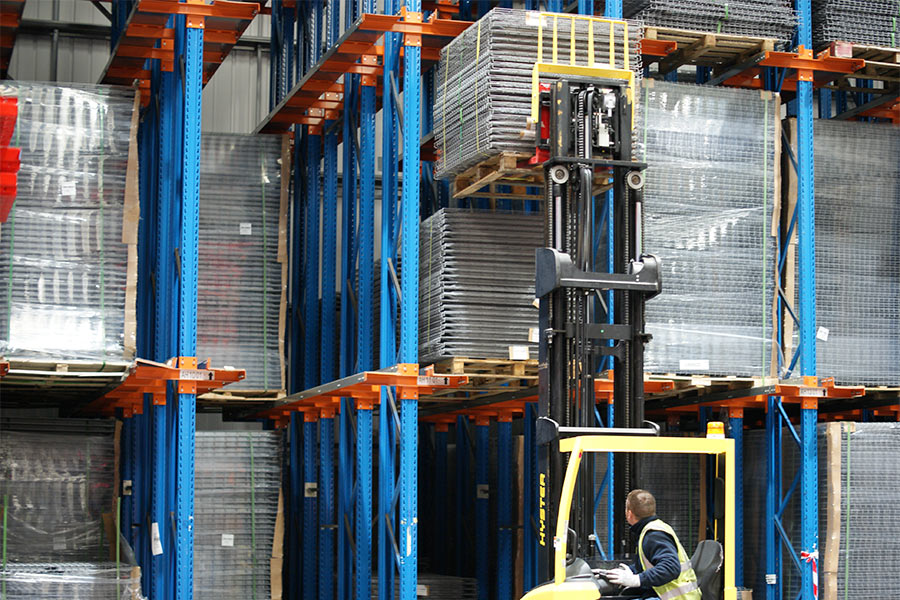
Preventable injury to workers, damage to stock is costly and both unnecessary. Get in touch to discuss how Nene can assist you with your requirements and deliver peace of mind in the process.

